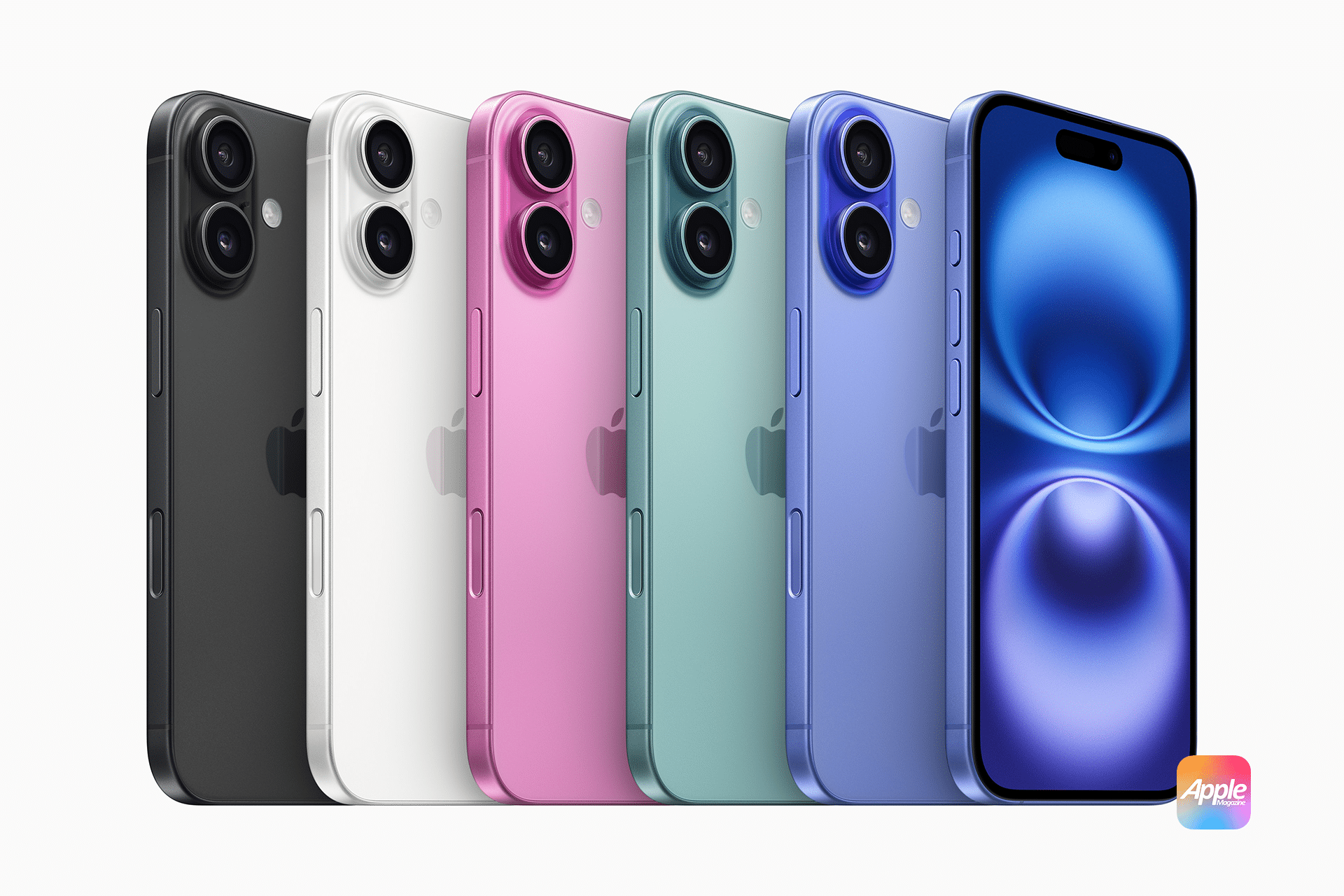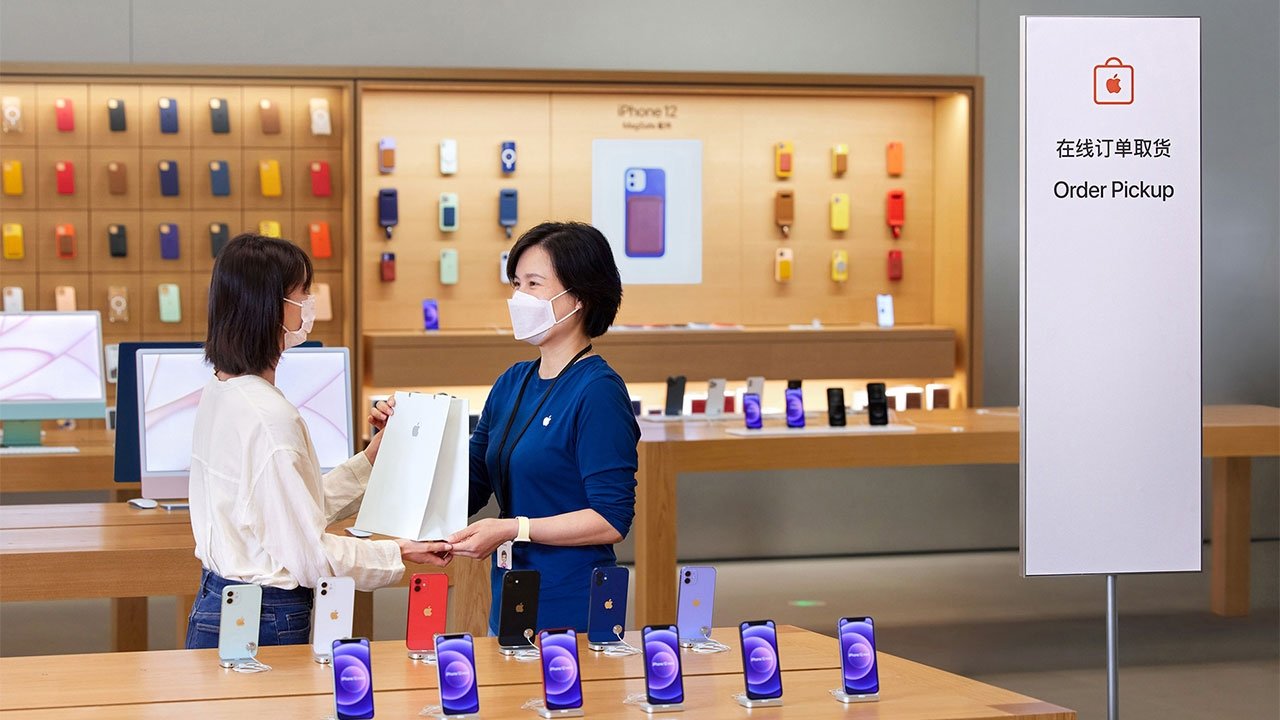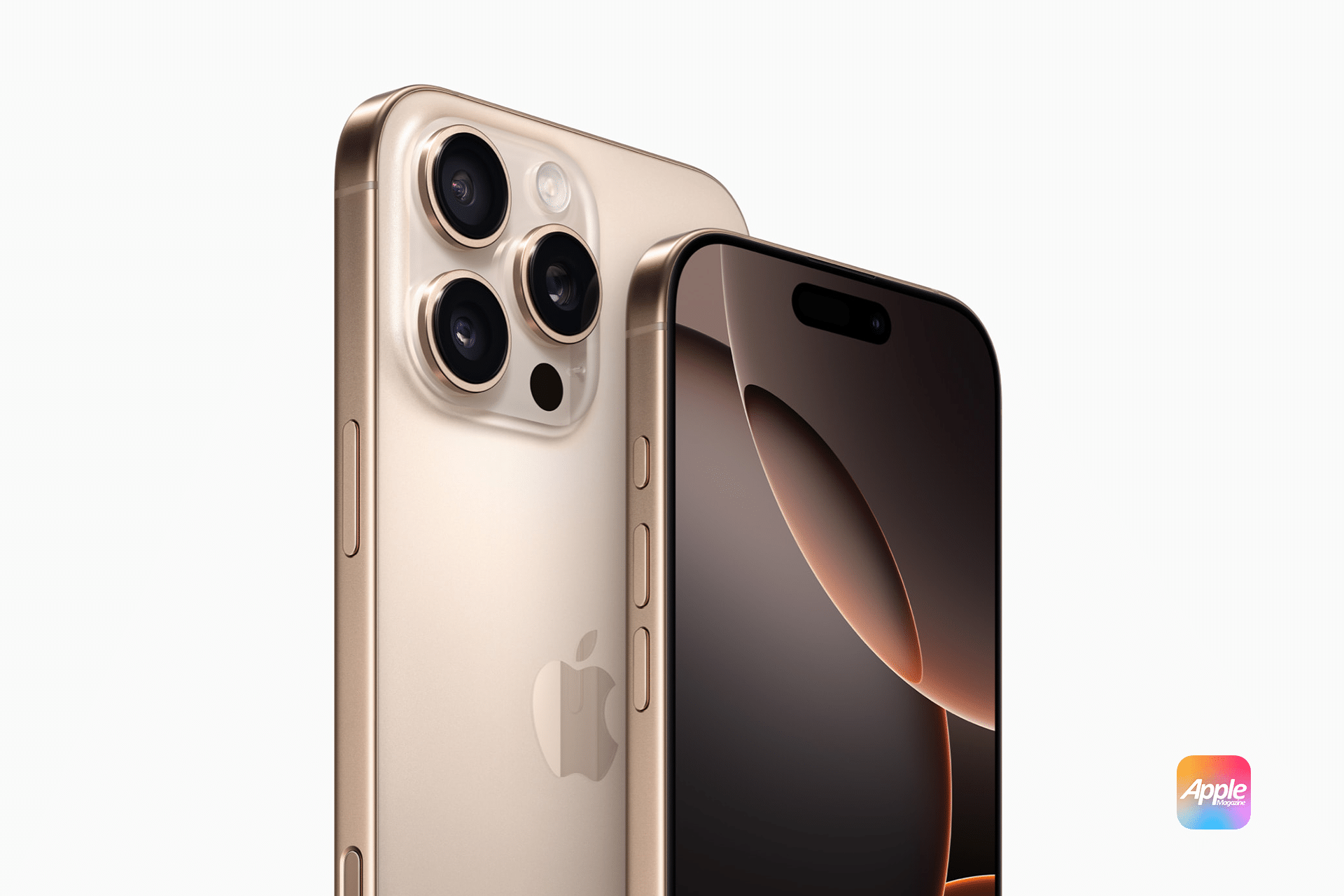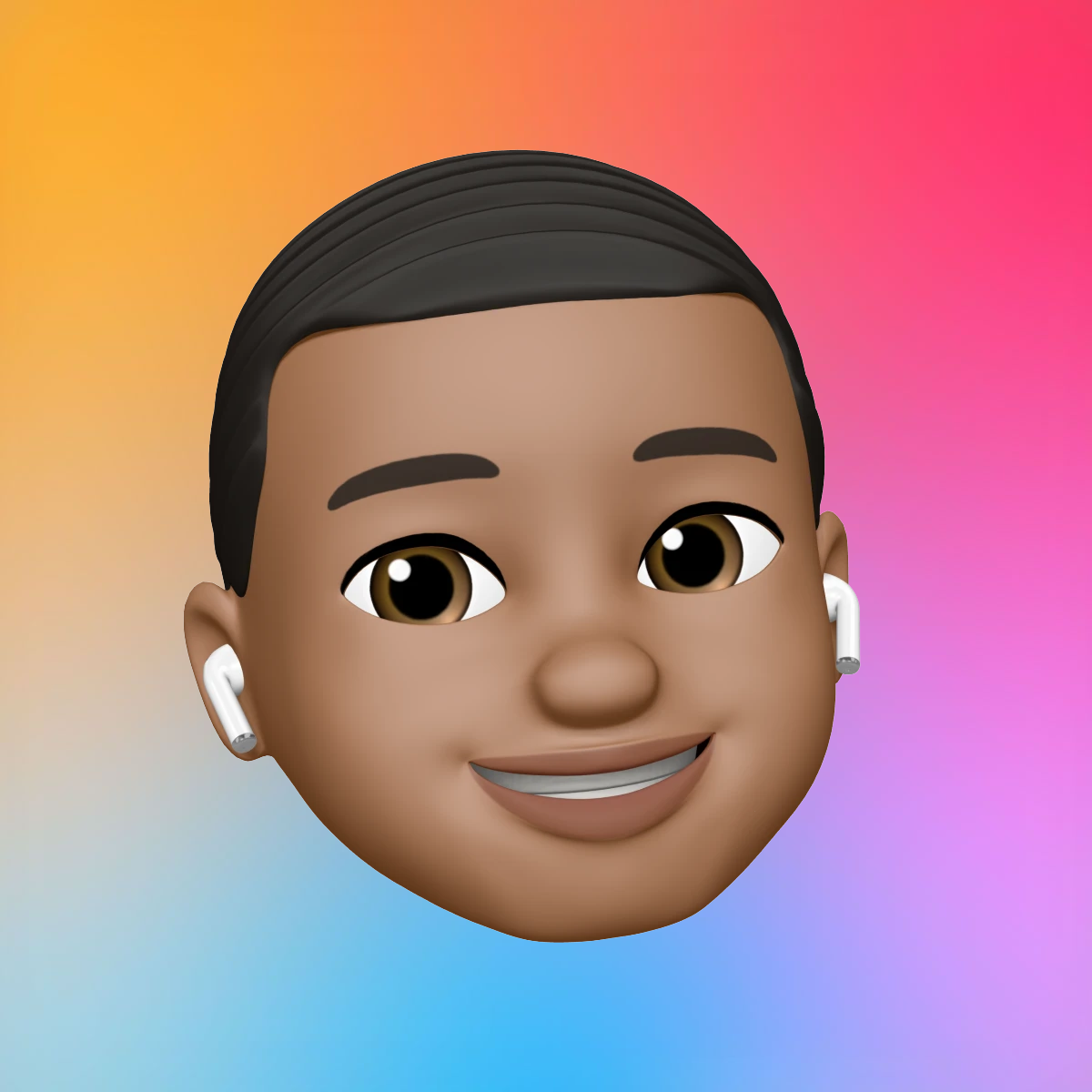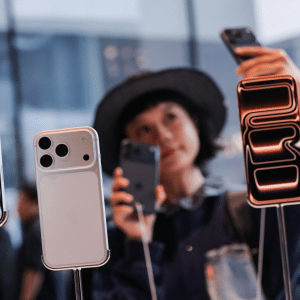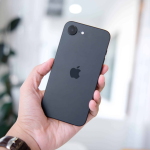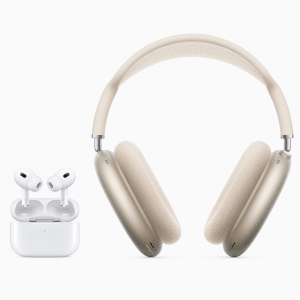Chinese e-commerce platforms are offering substantial price reductions on the iPhone 16 series, with discounts reaching 2,530 yuan ($351) on models like the iPhone 16 Pro (128GB), bringing its price from 7,999 yuan to as low as 5,469 yuan on JD.com, Reuters reported. Tmall provides similar deals, with the same model priced at 5,499 yuan after applying platform-specific coupons, some tied to government subsidies. These discounts, which also apply to other Apple products like the MacBook Air and AirPods, are part of a broader push to stimulate sales. Unlike Apple’s official stores, which maintain full pricing, third-party retailers are leveraging these promotions to make iPhone 16 models eligible for China’s consumer subsidies, offering up to 500 yuan rebates on electronics priced under 6,000 yuan. This tactic allows Apple to adjust prices regionally without compromising its global premium brand image.
Why Sales Are Declining
Apple’s iPhone shipments in China plummeted 49.6% year-over-year in March 2025, dropping from 3.75 million units to 1.89 million, according to the China Academy of Information and Communications Technology, shrinking Apple’s market share to just 8%. For the first quarter of 2025, shipments fell 9%, with Apple holding a 13.7% market share, down from 17.4% the previous quarter, per IDC data. Meanwhile, domestic competitors thrived: Xiaomi’s shipments surged 40%, and Huawei’s grew 10%, with Huawei leading at 19.4% market share, followed by Vivo (17%), Xiaomi (16.6%), and Oppo (14.6%), Counterpoint Research reported. Apple’s decline stems from multiple factors. Chinese brands offer competitive hardware—like advanced AI, faster charging, and foldable designs—at lower prices, fueling “patriotic fervor” for local products. Government subsidies favor devices priced below 6,000 yuan, a threshold Apple’s premium pricing historically exceeded. Additionally, Apple’s slower adoption of generative AI features, still unavailable in China due to regulatory hurdles, puts it at a disadvantage against Huawei’s AI-equipped Mate 70 and Nova 13 series, which drove 15.5% growth in Q4 2024.
Consumer Impact and Market Dynamics
For Chinese consumers, these discounts are a boon, making premium iPhones more accessible, especially with subsidies. The iPhone 16 Pro, now under 6,000 yuan, is among the cheapest globally, with a 256GB model priced at 5,499 yuan ($1,025 SGD), per a post on X. However, the broader market dynamics are less favorable for Apple. The company’s reliance on discounts—seen previously in January 2025 (up to 500 yuan) and 2024 promotions—suggests a reactive strategy to counter Huawei’s Pura 70 and Mate 60 series, which have eroded Apple’s high-end market share. Consumer sentiment on MacRumors forums reflects frustration, with users calling the iPhone “stale” and praising Chinese brands for surpassing Apple in innovation, like SiC batteries and foldables. Apple’s ecosystem lock-in remains a strength, but its premium pricing is losing appeal as competitors match or exceed its offerings at lower costs, intensified by China’s economic slowdown and cost-conscious consumer trends.
Apple’s Strategic Response
Apple’s discounting through third-party retailers is a calculated move to maintain brand prestige while addressing market realities. By keeping official prices steady, Apple avoids signaling weakness globally, a tactic used in past shopping festivals, Reuters noted. CEO Tim Cook acknowledged a 2% revenue drop in Greater China for Q1 2025, an improvement from an 11% decline in Q4 2024, but analysts warn of ongoing challenges. Apple is reportedly partnering with Chinese firms to bring Apple Intelligence to the region, potentially boosting appeal, but regulatory delays persist. Meanwhile, U.S. tariffs on Chinese imports, set at 54% from April 9, 2025, could raise iPhone prices stateside by up to 43%, potentially pushing the iPhone 16 Pro Max (1TB) to $2,300, per Rosenblatt Securities. This complicates Apple’s global pricing strategy as it shifts some production to India, though China remains critical for high-end models due to its advanced manufacturing.
What’s Next for Apple in China
The iPhone 16’s price cuts may stabilize Apple’s market share, as consumer interest in premium devices grows—over 50% of Chinese consumers are willing to spend above 4,000 yuan ($550) on phones, Bloomberg reported. However, Apple’s third-place ranking behind Huawei and Xiaomi, with a 17.1% share in Q4 2024, underscores the need for innovation. The upcoming iPhone 17 series, expected in September 2025, will feature a thinner “Air” model, aluminum frames, and 12GB RAM for enhanced Apple Intelligence, potentially addressing AI critiques. Yet, user concerns on forums highlight risks: stagnant designs, software stability issues, and perceptions of Apple as “less exciting” could hinder recovery unless paired with competitive pricing. With WWDC 2025 set for June 9, iOS 19’s visionOS-inspired overhaul and AI advancements could reshape perceptions, but Apple must act swiftly to regain ground in China’s fiercely competitive market.
